The Best Ways to Improve Security in Your E-Commerce App
21 Nov 24 

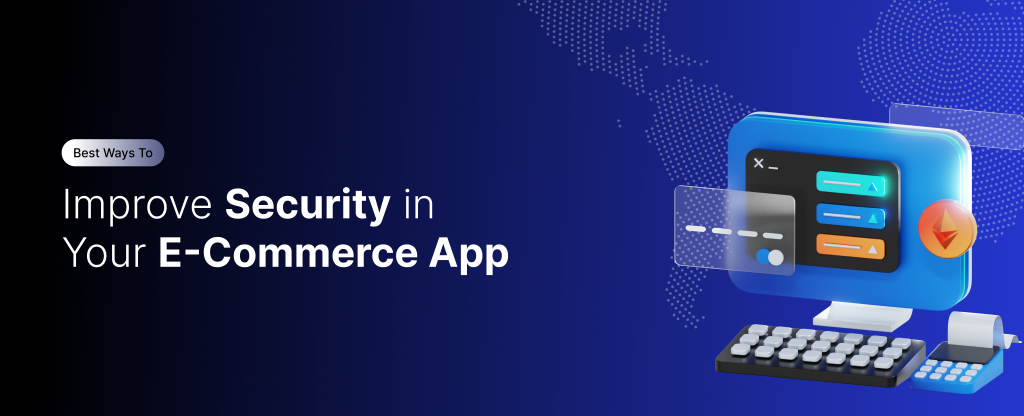
SaaS platforms for e commerce and other business verticals are widely adopting and recommending the use of two-factor authentication to improve security. This is a crucial step in safeguarding sensitive information and ensuring that customer data remains protected.
With two-factor authentication, even if a password is compromised, users will still be required to provide additional information and confirm their login via another channel. This could be through email, SMS, or even a phone call, adding an extra layer of security that is essential in today’s digital landscape.
It is important to set this up in your e commerce platform, such as Shopify, on your social media accounts, and on any other business applications you may be using—especially if they are installed on a mobile device. This proactive approach can significantly enhance the security of your online presence.
Don’t Trust Native Security
Depending on the platform you use, you may want to enhance security with additional plugins. While WooCommerce and other platforms like Magento provide easy-setup e commerce solutions, they do not always offer the best native security features. Relying solely on the built-in security measures can leave your business vulnerable to attacks.
If you’re running a CMS-based platform like WordPress/WooCommerce, it is advisable to look for top-recommended security plugins that can fill the gaps where native security may be lacking. These plugins can provide essential features such as firewalls, malware scanning, and login attempt monitoring, which are crucial for maintaining a secure environment.
Platforms like Shopify and BigCommerce tend to be more secure out of the box, but there are still security plugins available that you can use to reinforce that security. Utilizing these additional tools can help you stay one step ahead of potential threats.
Help Customers Be More Secure
While customer security is somewhat out of your control regarding how they protect themselves, you can take extra steps to help them. One effective way to do this is by offering two-factor authentication for customers to keep their accounts secure. This not only protects their information but also builds trust in your brand.
You should also consider requiring stricter password parameters, such as mandating that passwords include a number, a capital letter, and a symbol. This can help ensure that customers create stronger passwords that are less susceptible to being hacked.
Example of password parameters:
- At least 8 characters long
- Includes at least one uppercase letter
- Contains at least one number
- Has at least one special character (e.g., !, @, #, $)
Additionally, brands often integrate with trusted social platforms to allow customers faster and more convenient access. If you integrate social logins in this manner, you’re leveraging the security of some major incumbent brands, which can further enhance the security of your customers’ accounts.
Keep Redundant Backups
It can be incredibly frustrating to suffer a data breach where additional damage is also done to your digital infrastructure. In some cases, hackers may even maliciously destroy or wipe data. By maintaining redundant backups on a daily basis, you dramatically reduce the damage associated with a hacker and any subsequent data loss.
Once the breach has been addressed, you can restore from your most recent backup and focus on getting back to business while further improving security measures. Regularly scheduled backups ensure that you have the most up-to-date information available, minimizing the impact of any potential data loss.
Never Store Credit Card Data
In order to be PCI-compliant, most modern e-commerce platforms do not—and cannot—store passwords. Payments are processed through an external trusted payment processor. Some brands, however, offer options for offline credit processing, where card and consumer data get stored.
Storing customer and credit card data exposes you and your customer’s information to significant risk. Simply put, never store customer credit card data in any form. This practice not only jeopardizes customer trust but also puts your business at risk of severe penalties and legal issues.
You should pursue Payment Card Industry Data Security Standard accreditation (PCI DSS). In order to get this accreditation, your site must complete an audit and be found to follow a number of standards, including:
- Maintaining a secure network with IT professionals.
- Implementing strong access control measures.
- Regularly monitoring and testing networks.
By adhering to these standards, you can ensure that your e commerce platform remains secure and compliant with industry regulations.
Protecting Cardholder Data at Every Touchpoint
Protecting cardholder data at every touchpoint is essential, ensuring that sensitive information is not stored unnecessarily. This means that every interaction a customer has with your platform should be secure, and any data that is collected should be handled with the utmost care.
Maintaining a vulnerability management program is crucial for identifying and addressing potential weaknesses in your system. This program should include regular assessments and updates to ensure that your security measures are always up to date.
Designating superior measures for access control is another important step. This involves implementing strict policies regarding who can access sensitive information and ensuring that only authorized personnel have the ability to view or manipulate cardholder data.
Performing routine network inspections and tests is vital for identifying any vulnerabilities that may exist within your system. Regular testing can help you catch issues before they escalate into serious problems that could compromise your customers’ data.
Having and maintaining an information security policy is essential for guiding your organization’s approach to data protection. This policy should outline the procedures and protocols that must be followed to ensure the security of cardholder information.
Use a Card Processor with Address and Card Verification
Using a card processor that includes address and card verification is a smart move. The more fraud detection tools you have available, the less likely you are to experience chargebacks or have customers taken advantage of if their personal information is stolen and attempts to purchase are made with your store.
Enable an address verification system (AVS), and require the card verification value (CVV) for credit card transactions to reduce fraudulent charges. You can further tighten security here by requiring a partial or complete address and zip code match during checkout.
Set Up Alerts
If your payment processor allows for it, you should configure alerts using a number of variables to trigger the alert. These could include:
- Orders placed from foreign IP addresses
- Mismatched billing and customer data on the card
- Multiple orders placed on the same card
- Multiple orders from the same person using different cards
- Conflicting shipping and billing information
- Mismatch on customer name vs. cardholder name
With alerts, you can get notifications when these events occur and even set up payment processing rules to halt the charge and suspend the order until it’s manually approved.
Perform Routine PCI Scans
Proactive security inspections help you catch issues before they cost you customers and revenue. Regardless of how reputable your e commerce platform host is, you should perform regular quarterly PCI scans. These scans identify risks and vulnerabilities that could leave your store open to hacks and the injection of malware and viruses. Last, as part of your routine scans, check for updates and patches for your platform—pay special attention to security enhancements.
A few extra hours adjusting your code with a developer today could save you tens of thousands of dollars down the road.
Final Thoughts
Maintaining a secure site doesn’t entail a significant amount of work unless you identify a major risk or potential threat. For the most part, the proactive steps mentioned in this blog require little more than routine maintenance and monitoring to ensure your business, as well as your customers, stay protected. Get more ways to keep your e-commerce app safe
- Agentic AI1
- Android Development3
- Artificial Intelligence31
- Classified App3
- Custom App Development5
- Digital Transformation12
- Doctor Appointment Booking App14
- Dropshipping1
- Ecommerce Apps40
- Education Apps2
- Fintech-Apps37
- Fitness App4
- Flutter4
- Flutter Apps20
- Food Delivery App5
- Grocery App Development1
- Grocery Apps3
- Health Care10
- IoT2
- Loyalty Programs9
- Matrimony Apps1
- Microsoft1
- Mobile App Maintenance2
- Mobile Apps127
- Product Engineering6
- Progressive Web Apps1
- React Native Apps2
- Saas Application2
- Shopify9
- Software Development3
- Taxi Booking Apps7
- Truck Booking App5
- UI UX Design8
- Uncategorized6
- Web App Development1









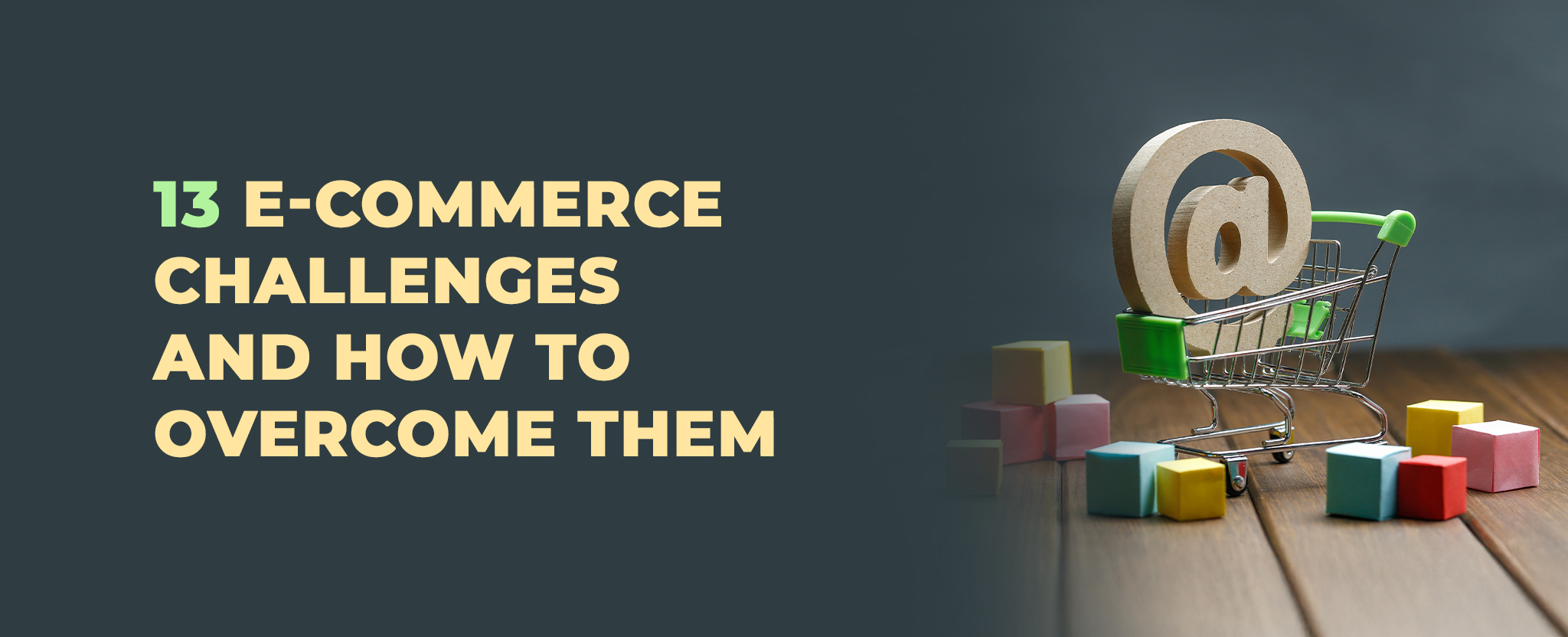
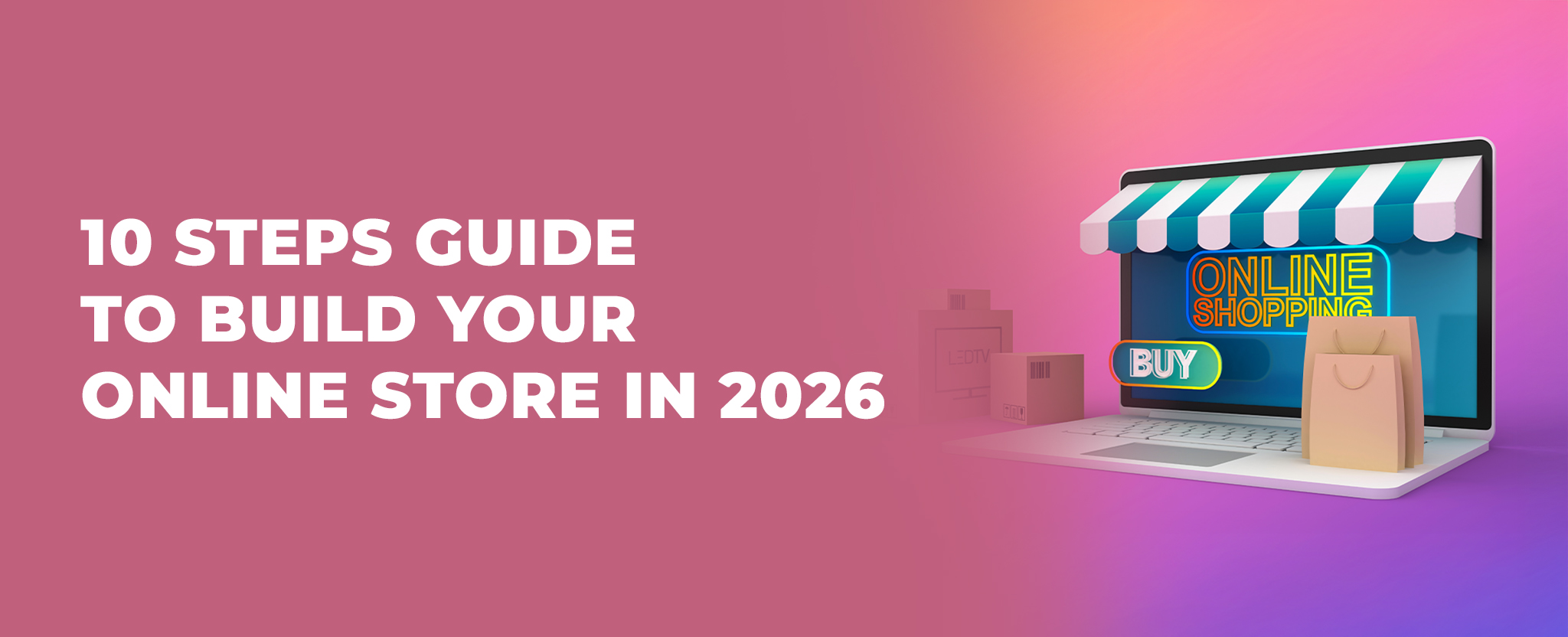
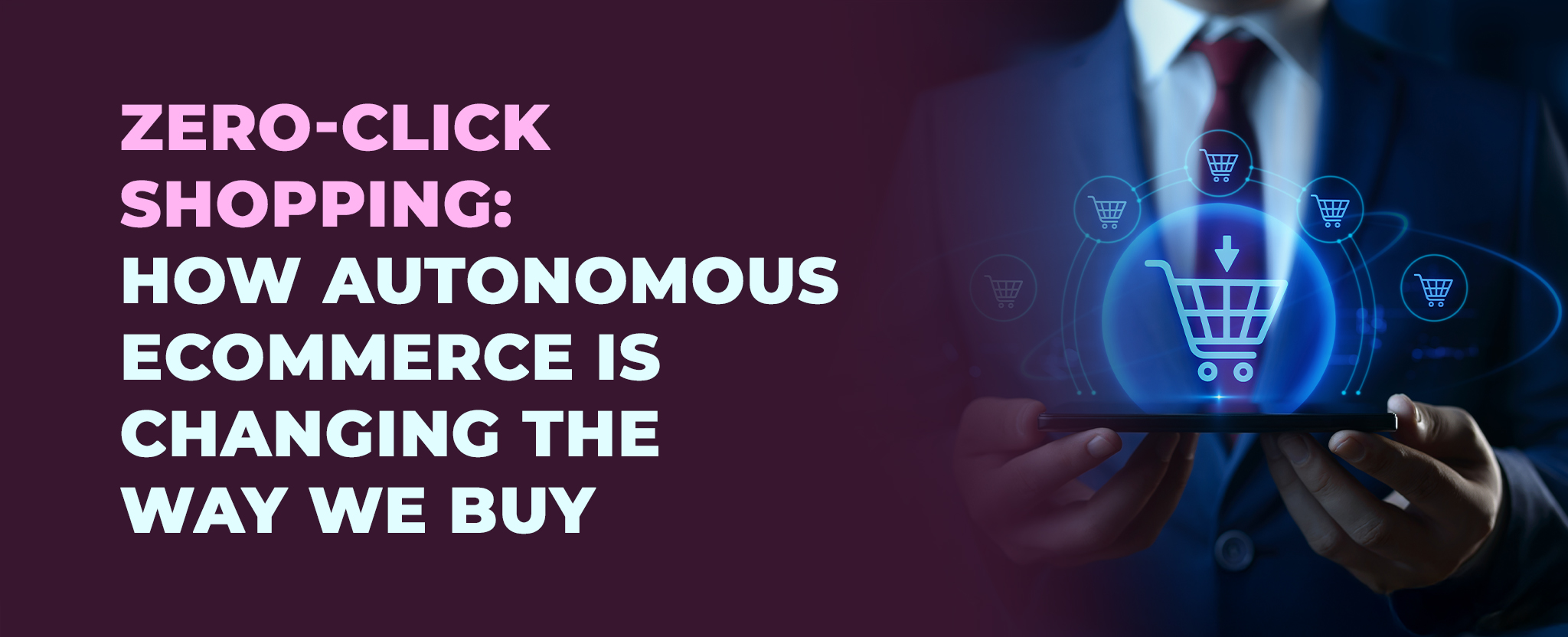
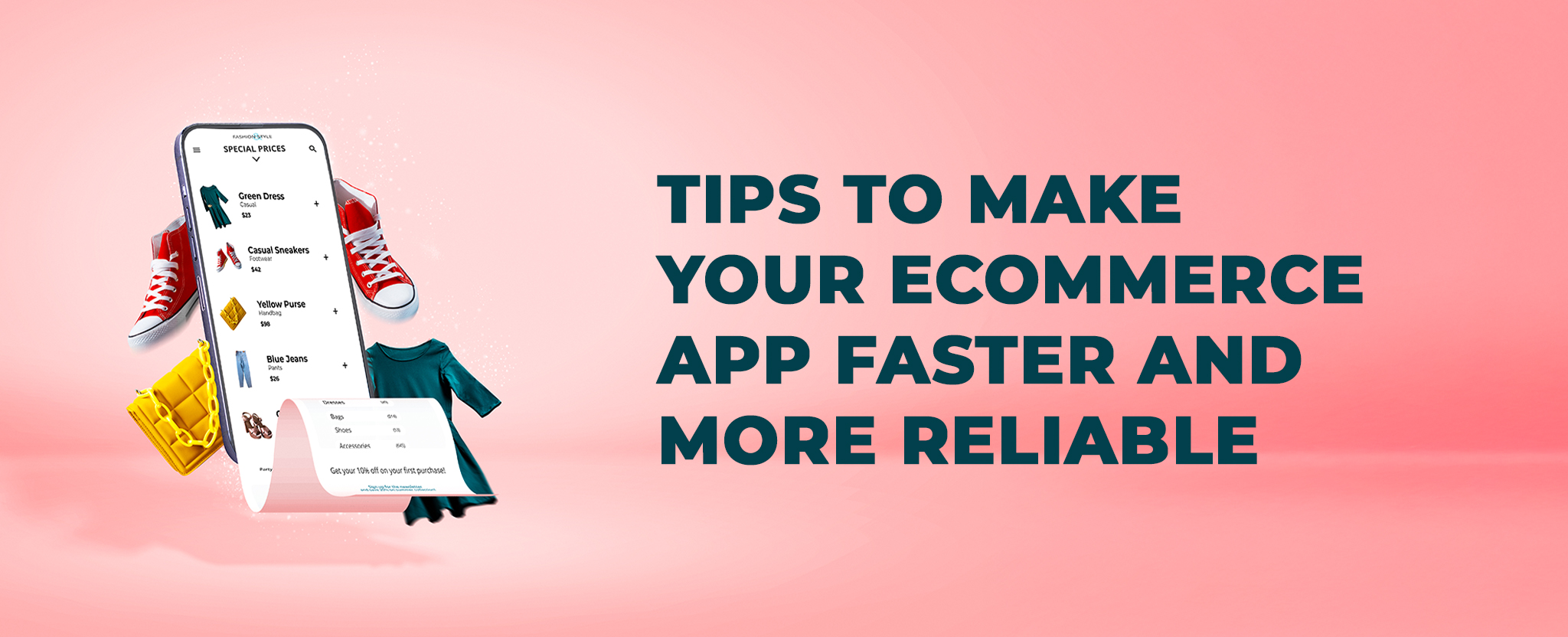






Comments